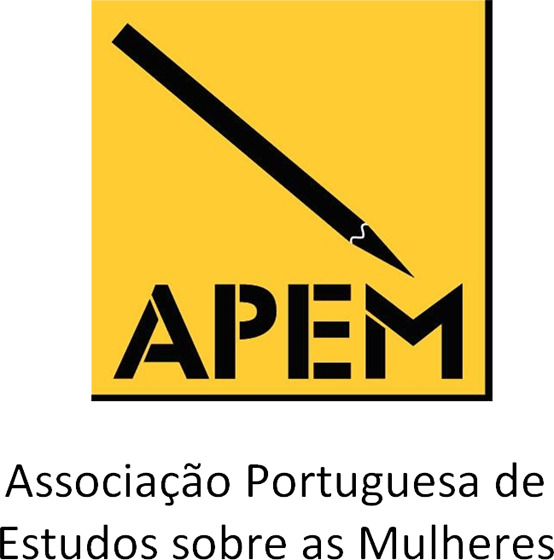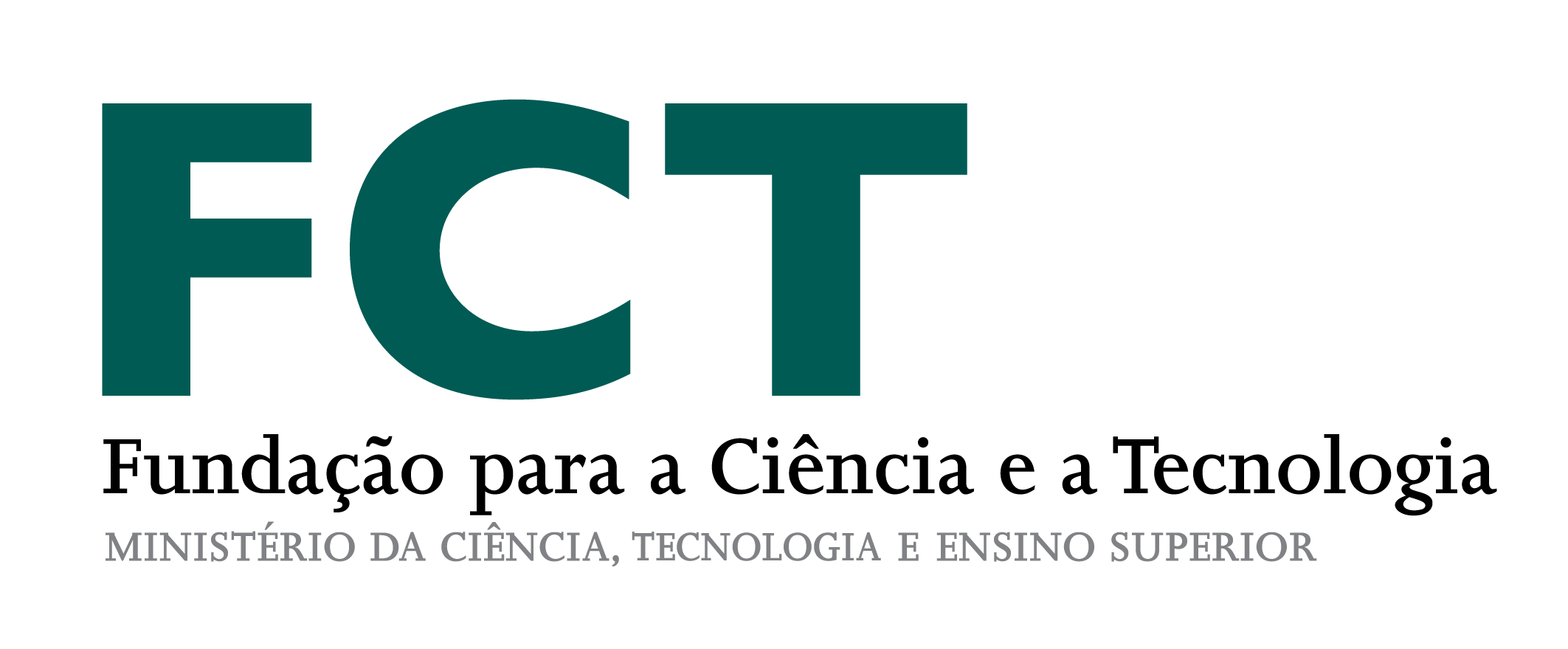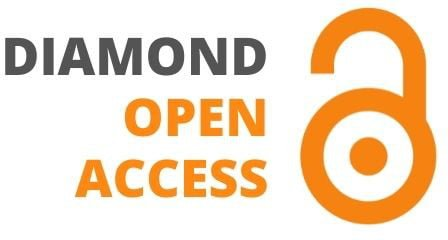1. INTRODUCTION
ex æquo publishes texts from various disciplinary areas that make a contribution to knowledge in the field of women’s studies, feminist studies and gender studies. Texts may be written in Portuguese, Spanish, French or English, and must use a non-discriminatory, inclusive language that promotes equality.
2. ARTICLE TYPES
i. The journal publishes the following types of texts:
- Research articles, with a maximum length of 40,000 characters (including spaces, tables, footnotes and references, and excluding abstracts);
- Book reviews, with a maximum length of 10,000 characters (including spaces, footnotes and references). The reference to the book reviewed must be included at the end of the text;
- Other types of texts, such as critical essays, literature reviews, interviews and biographies, may be accepted for publication if the Editorial Board considers that they meet the journal’s goals. The journal welcomes these types of articles, which are evaluated on an individual basis; authors and editors may discuss the proposals prior to submission.
ii. The articles submitted for publication must be original, neither previously published nor undergoing review for publication. An exception is made for works published in conference proceedings or deriving from theses and dissertations; in these cases, the first author of the article must be the one who authored the original text. The proposed text must specify its previous versions, including the respective identifying elements (author, title and date of conference, institution, year of thesis or dissertation defense, etc.). The articles submitted for publication are the sole and exclusive responsibility of authors, who ensure they are not infringing any copyright or the rights of third parties or entities.
iii. ex æquo accepts the submission of articles or other texts authored by more than 4 persons only exceptionally, and upon express justification.
3. PREPARATION OF MANUSCRIPTS
All articles submitted must be formatted in accordance with the template provided here. Submissions must include the following:
a) A text file containing the identification of the author(s), including the following for each author:
i. Name;
ii. ORCID ID (https://orcid.org/);
iii. Full name and acronym of institution to which the author is affiliated (maximum of two) and respective postal address, including postal code and country;
iv. E-mail address;
v. Biographical note not exceeding 500 characters;
vi. Acknowledgments (where mention of collaborators and/or funding should be made);
vii. Declaration of interests or their non-existence;
viii. Specification of each author’s contribution, whenever a collective text is submitted, according to the CRediT taxonomy ( https://credit.niso.org/). The table below, included in the article template available on the journal’s website, should be filled in.
|
Contribution |
Name of Author 1 |
Name of Author 2 |
Name of Author 3 |
Name of Author 4 |
|
Conceptualization: Ideas; formulation or evolution of overarching research goals and aims. |
||||
|
Formal analysis: Application of statistical, mathematical, computational, or other formal techniques to analyze or synthesize study data. |
||||
|
Investigation: Conducting a research and investigation process, specifically performing the experiments, or data/evidence collection. |
||||
|
Methodology: Development or design of methodology; creation of models. |
||||
|
Software: Programming, software development; designing computer programs; implementation of the computer code and supporting algorithms; testing of existing code components. |
||||
|
Validation: Verification, whether as a part of the activity or separate, of the overall replication/reproducibility of results/experiments and other research outputs. |
||||
|
Writing – original draft: Preparation, creation and/or presentation of the published work, specifically writing the initial draft (including substantive translation). |
||||
|
Writing – review & editing: Preparation, creation and/or presentation of the published work by those from the original research group, specifically critical review, commentary, or revision – including pre- or post-publication stages. |
||||
|
Another. Specify: |
b) Anonymized text file, in Word format, fully revised. Articles must include the following:
> A title and an abstract not exceeding 750 characters, translated into three languages (Portuguese and English are required; the third language may be Spanish or French).
> 4 or 5 keywords, translated into the same languages as the abstracts, presented in lowercase (except for the 1st of the list), separated by commas and ending with a period.
> An abbreviated title (maximum of 4 words) to be used in headers.
c) In the composition and formatting of texts the following guidelines must be taken into account:
- Texts should be formatted in accordance with the template provided.
- The use of a maximum of two levels of titling is suggested, without numbering or with Arab numbering.
- Quotations under 40 words (up to 4 lines) should be inserted in your text and enclosed within double quotation marks; longer quotes should be placed in a free-standing text block, indented on the left, without quotation marks or italics.
- Words in languages other than the language in which the paper is written must be formatted in italics, without quotation marks.
- All quotations must be translated into the language in which the paper is written. However, the original text must be included in a footnote.
- Texts in Portuguese must follow the New Orthographic Agreement for the Portuguese Language (1990). If you have any questions, please check the following site: http://www.portaldalinguaportuguesa.org/?action=lince
- Non-textual elements must be organized in tables, graphs and figures, and identified with continuous Arab numbering for each type of element; each one must have a title and the identification of its source. Use Word's “Insert Table” function when you create tables. Using spaces or tabs will create problems when the table is typeset and may result in errors. In addition, all the images and tables must be sent in a separate file, in png or jpeg format, indicating clearly where they are to be placed in the text.
- For footnotes, use superscript numbers with no parentheses.
d) ex ӕquo uses The Chicago Manual of Style (Author-Date Style), whose guidelines may be consulted here: https://www.chicagomanualofstyle.org/tools_citationguide/citation-guide-2.html
We summarize and exemplify below some of those guidelines.
Guidelines for in-text citations
- Between parentheses, as in the following examples (with no comma between the author’s last name and the publication date, and using a comma before the page numbers) : (Leach 1993, 103); (Balibar e Wallerstein 1991, 80-84); (Yuval-Davis 1997a); (Yuval-Davis 1997b).
- When citing different authors or works about the same issue, insert citations in chronological order, from the oldest to the most recent; for works with the same date, place the authors’ last names in alphabetical order. Ex: (Rosende 2002; Miller e Clark 2008; Lo Sasso et al. 2011; Riska 2011).
All the sources that are cited in the text must appear in the reference list at the end of the text, in alphabetical order ; do not include sources that are not cited. Some examples :
- Book with one author: Last name, First name. Year. Title of book (in italics). (edition) [if relevant] . Place of publication: Publisher.
Ex: Lamas, Maria. 1948. As Mulheres do Meu País. Lisboa: Actuália Lda.
- Book with two or three authors : Last name, First name , First name Last name, and First name Last name. Year. Title of book (in italics). (edition) [if relevant] . Place of publication: Publisher.
Ex: Pimentel, Irene Flunser, e Helena Pereira de Melo. 2015. Mulheres Portuguesas – História da vida e dos direitos das mulheres num mundo em mudança . Lisboa: Clube do Autor.
- Book with four or more authors : Last name, First name [of the 1st author] et al. Year. Title of book (in italics). (edition) [if relevant] . Place of publication: Publisher.
- Chapter or part of a book : Last name, First name. Year. “Title of chapter.” In Title of book (in italics), edited by First name Last name, First name Last name, and First name Last name, first and last page numbers separated by hyphen . Place of publication: Publisher.
Ex: Piscitelli, Adriana. 2009. “Gênero: a história de um conceito.” In Diferenças, igualdade, edited by Heloísa Buarque de Almeida, and José Szwako, 116-149. São Paulo: Berlendis & Vertecchia.
- Article in a journal : Last name, First name. Year. “Title of article.” Title of journal (in italics) volume (number of issue): first and last page numbers separated by hyphen.
Ex: Guimarães, Elina.1986. “A mulher portuguesa na legislação civil.” Análise Social XXII (92-93): 557-577.
If the article has been assigned a DOI, you must include the reference after the page numbers, without inserting a paragraph, as in the following example:
Crenshaw, Kimberle. 1993. “Mapping the Margins: Intersectionality, Identity Politics, and Violence Against Women of Color.” Stanford Law Review 43 (6): 1241-1299. DOI: https://doi.org/10.2307/1229039
o Whenever a DOI has been assigned to a published source, you must include it in the list of references, as in the previous example.
- Article with two or three authors : Last name, First name , First name Last name, andFirst name Last name.Year. “Title of article.” Title of journal (in italics) volume (number of issue): first and last page numbers separated by hyphen.
- Internet documents : Last name, First name. Year. Title of document. Available at ... (insert URL). [Accessed on day month year].
- Article in online journal : Last name, First name. Year. “Title of article.” Title of journal (in italics) volume (number of issue): first and last page numbers separated by hyphen (if available) . DOI: (if available)/ Available at (insert URL). [Accessed on day month year].
- Web sources with no date : Last name, First name. Title of document. Available at (insert URL). [Accessed on day month year].
- For questions regarding the above or for other types of references, please consult the page of the Chicago Style Citation Quick Guide (section author-date): http://www.chicagomanualofstyle.org/tools_citationguide/citation-guide-2.html
4. ARTICLE SUBMISSION
- Manuscripts must be submitted online, in a Word file, through the OJS platform, available here: https://apem-estudos.org/ojs. In order to do so, you need to create an account in the OJS platform by clicking on “Register” (top right-hand corner), and follow the steps indicated. If you already have an account, click on “Log in” (top right-hand corner) and insert your username and password.
- When you submit an article, you will be asked to name (in the field “Comments for the Editor”) at least 4 experts, and their email addresses, with work and publications on the topic addressed in your article, so that they might be contacted to review your text if it clears the initial screening (see section 6). If you are submitting a book review, please validate this item in order to continue, but there is no need to name any experts.
5. SUBMITTING SUPPLEMENTARY MATERIALS ONLINE
Supplementary materials can be made available online through the article published on the journal’s website. The decision is made on a case-by-case basis.
Whenever requested by the authors, links to supplementary materials stored in open access repositories may be included. All the data in open access are managed by the authors of the articles and are subject to the conditions of the platforms in which they are stored. This information should be included in a separate section before the final list of references.
The journal is not responsible for the access to, and/or maintenance of, the data or links provided.
6. EVALUTION OF ARTICLES
- The texts submitted to ex æquo are subject to an initial screening (carried out by the Editorial Board) for verification of compliance with all the guidelines presented here and for plagiarism. Those that clear the initial screening are sent for peer review.
- In the case of articles submitted by individual members of the Editorial Board or by editors of thematic issues, the usual process of peer review is managed by other members of the Editorial Board.
- Articles submitted for publication are reviewed by two experts in the same field of research as that of the article (double blind peer review). Texts are anonymously sent to the referees, who are asked to take into account the following in their evaluation reports: the adequacy and conformity of the article to the objectives of ex æquo; its scholarly quality; the pertinence, originality, clarity and coherence of its content; its adequacy and current relevance; pertinent, adequate, and explicit methodology and information; clarity in writing, as well as formal coherence and balance. Review reports must include one of the following recommendations regarding possible publication: accept without any changes; accept with changes (indicating which); reject. Referees are also asked to provide justified suggestions to improve the quality of the article, which will be sent, under anonymity, to the author(s).
- The Editorial Board may suggest revisions of the submitted article to the author(s), according to the recommendations made by the referees, and ask for a new evaluation of the revised paper in order to make the final decision on its publication. The Editorial Board may also inform the author(s) that the article has been accepted without any changes or rejected, based on the reviewers’ reports.
7. ex ӕ quo /APEM AWARDS
- Starting in 2023, ex æquo will give a biennial award (750€) to the author(s) of the best article published in the journal, to be chosen by a committee of three independent experts. (The first edition, in 2025, will include the articles published in 2023 and 2024).
- Also starting in 2023, ex æquo will give a biennial award (250€) for the best review report of an article submitted to the journal, to be chosen by the Editorial Board. (The first edition, in 2025, will include the review reports presented in 2023 and 2024).
8. PUBLICATION RIGHTS
- The authors of the texts published in ex æquo authorize the transfer of edition, publication, distribution and reproduction rights to the journal, in both print and digital formats. The transfer of those rights is made free of charge, and ex æquo will not offer any compensation besides supplying the author(s) with 2 copies of the issue in which the text has been published.
- Authors who wish to republish, reuse, reproduce, distribute or deposit in an institutional repository an article accepted for publication in ex æquo may do so, provided they make an explicit reference to its original publication in ex æquo, as defined by the Creative Commons License Attribution CC BY NC, which the journal has adopted.












